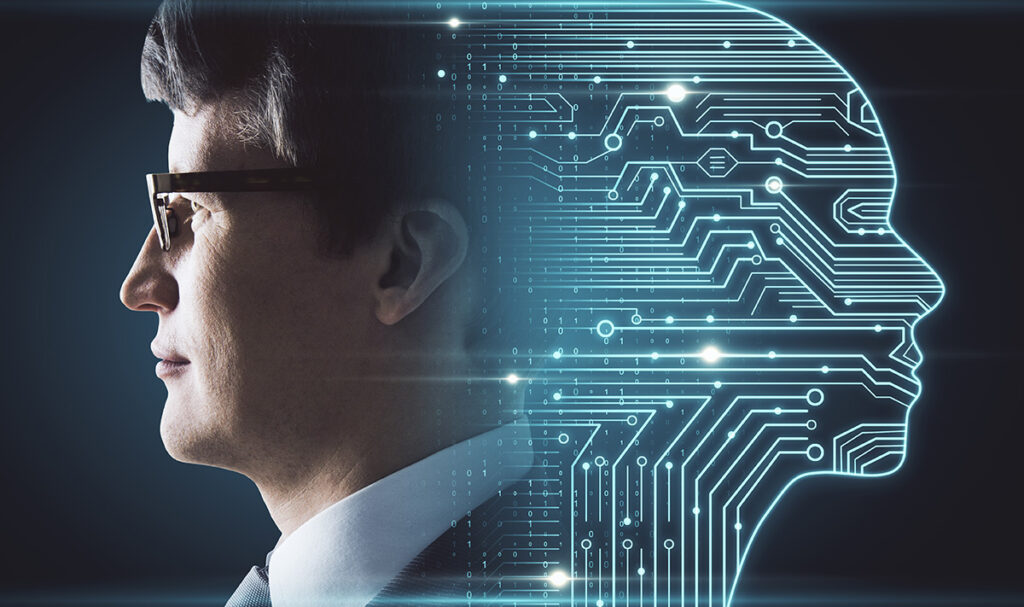A recent survey by McKinsey shows that 50% of respondents have adopted artificial intelligence (AI) in their business, with 22% reporting that over 5% of their earnings can already be attributed to AI. Furthermore, global consultancy Deloitte argues that social robots that integrate AI are also on the rise, as they provide the AI with a “body” that can foster tangible service interactions. Despite the potential advantages of technologies such as AI and social robots, their integration into the business is not without challenges. Therefore, stakeholders are keen to understand how to integrate social robots and AI successfully.
Three factors should be considered to facilitate a successful integration of social robots and AI in the marketplace:
Key factor 1: Gradual integration
First, managing change is challenging for both businesses and individuals. Even if the end result is positive in terms of the obtained benefits, humans are often reluctant to change their habits. Similarly, the integration of AI and social robots in the workplace, or during a service encounter, requires the user to adapt to a new scenario. For instance, in the past, many financial services were provided by humans. However, more recently, service interactions have increasingly become automated. In order to make this change less disruptive, gradual integration is key. To make the integration more gradual, rather than being forced, users should have options during a transition phase. These options could be based on the traditional service model, where the service is provided by a fellow human, and perhaps enhanced with some AI. Alternatively, users that are more technology savvy, could opt to use the fully automated version using AI or robots. Moreover, incentive schemes for early adopters of these technologies could accelerate integration and acceptance.
Besides reducing potential reluctance by users, a gradual integration may also lead to a more “error free” functioning of these technologies. Feedback gathered from early adopters of these technologies may enable companies to fix computational bugs that can lead to malfunctioning and reduced user acceptance. Consequently, if these technologies operate more efficiently and error-free in terms of addressing user’s needs, the likelihood of acceptance increases.
Key factor 2: Perceived added value
Second, perceived value is integral to most consumer transactions. In this context, we need to ask ourselves what added value social robots and AI can provide. Although scholars have identified a variety of value dimensions, broadly speaking, perceived value can be categorized from a utilitarian and hedonic perspective. Utilitarian value is based on a user’s perceptions such as added efficiency, ease of use, time and cost savings. Conversely, hedonic value is associated with the pleasure and enjoyment derived from an experience. To date, the majority of these technologies are integrated to add utilitarian value. For example, AI enabled chatbots are supposed to lead to faster response times compared to humans, in particular when dealing with standard processes and questions. Nevertheless, in recent years, social robots and AI have increasingly been positioned as technologies that can also provide hedonic value to their users. For instance, various hotels (e.g. Alibaba’s FlyZoo Hotel, Henna Hotels) are using social robots to greet customers and for various service tasks. Indeed, there may be utilitarian motives associated with these tasks, but customers are also visiting these hotels to draw some pleasure from experiencing service interactions with novel technologies.
The goal should not be to replace human staff
As outlined in the impact paper I wrote as part of ESCP Business School’s post-Covid series, key to a successful integration of these technologies is that companies keep in mind the specific tasks performed by social robots and AI. Scholars argue that depending on the intelligence required to perform the task, AI and robots are able to perform tasks independently, in collaboration with humans, or in some cases humans are still an absolute necessity. Therefore, users need to understand very clearly how these technologies add value to the process and/or service interactions, be they utilitarian or hedonic. The goal should not be to replace human staff. Rather, these technologies and humans should collaborate to improve the overall experience; so that humans are freed up for activities at which they’re better, thus assuring that the end user receives the added value.
Key factor 3: Ethical treatment
Last, but certainly not least, ethical treatment should come into play as an overarching umbrella during the integration process of these technologies. An integration of social robots and AI that can affect people´s well-being negatively – be it physiologically, psychologically, or even financially – would not be ethical. Hence, ethics need to be considered at all stages of this process. The regulation of robotics and AI to protect the safety, rights and freedoms of persons is a hot topic these days and governmental bodies are proposing regulation. Further, ethics are complex and different cultural viewpoints need to be taken into account, as I elaborate in a recent article. This is an integral part of protecting consumers’ rights across the globe.
Finally, while these three factors may not cover the full complexity of successful integration of AI and social robots, they can be used as an initial framework that supports this challenging process.
